Hosta plantain: description, varieties, planting and care
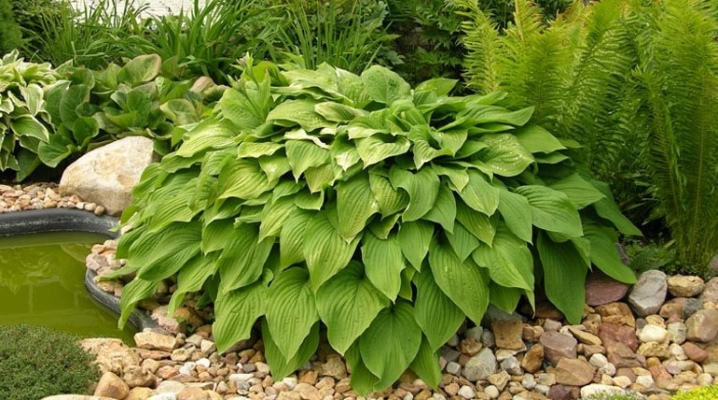
The habitat of the plantain hosta is the Far East, China, the Japanese islands. The name of the plant is associated with its appearance - its leaves have a certain resemblance to the leaves of the plantain. The culture was introduced to the European continent earlier than other species of this plant and was appreciated by gardeners for its unpretentiousness and decorative appearance.
Several of its varieties are especially popular and in demand by plant breeders around the world.
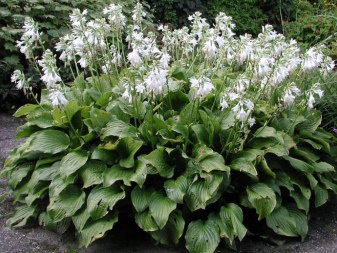

Description of the species
Khosta plantain prefers places with high humidity, therefore, in nature, its thickets can be found on the banks of natural reservoirs - lakes, streams and rivers. but the plant can grow in open forest areas, mountain slopes.
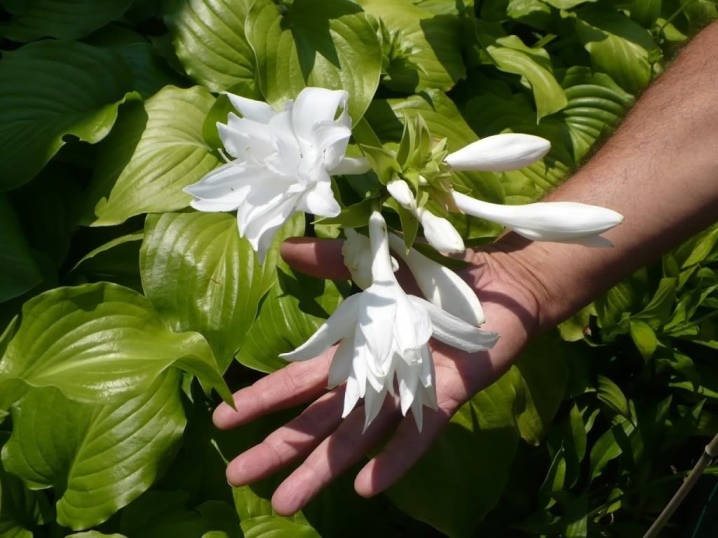
The culture belongs to the group of the Asparagus family. It can grow in one place, delighting with the sight of its picturesque leaves for a long time.

Characteristics of the culture.
- The ornamental shrub has a dense, powerful crown, it grows to a height of 50-70 cm.
- Its green leaves are shiny, large, 7-9 pairs of veins are clearly visible on them. They are arranged horizontally on long petioles.
- It is noteworthy that this species is distinguished by beautiful long tubular flowers. They are the largest in the world compared to the flowers of other hosts, and can reach a size of 15 cm.
- The flowering period of the culture begins in late summer, sometimes in September, and the beautiful white flowers open their petals closer to dusk. Their wonderful smell and specific appearance have become the reason that the plant is called Lily (depending on the continent, August and plantain).

This species (in Latin Hosta plantaginea) is the ancestor of all fragrant hosta varieties.
The plant is not afraid of winter frosts, moreover, at extreme temperatures, replacement buds appear on it. The culture can grow in partial shade and in the sun, but when exposed to ultraviolet radiation, its leaves brighten. However, there are hybrid varieties that grow and bloom in open spaces. In one place without a transplant, the host can grow up to 20 years.
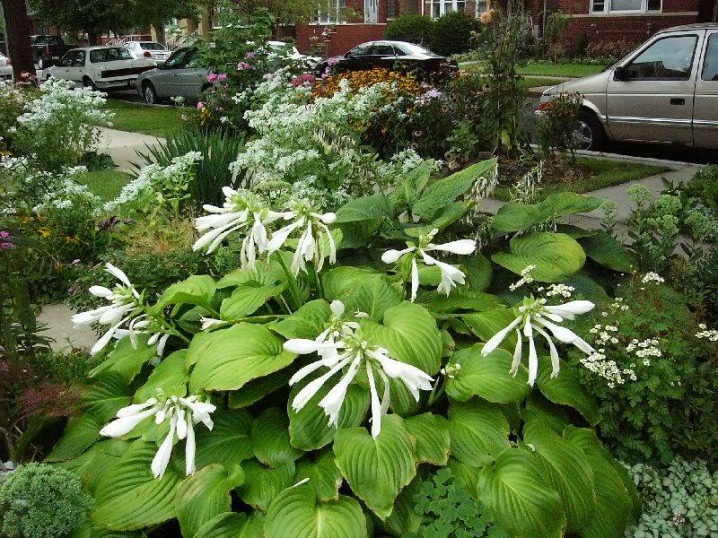
Varieties
Some varieties of plantain hosta are well known and popular:
- Garden variety "Grandiflora" has long leaves and beautiful white, but not seed-bearing flowers, which in the middle lane simply do not have time to ripen. The variety is distinguished by its slow growth, pleasant aroma, reminiscent of the smell of violets and lilacs.
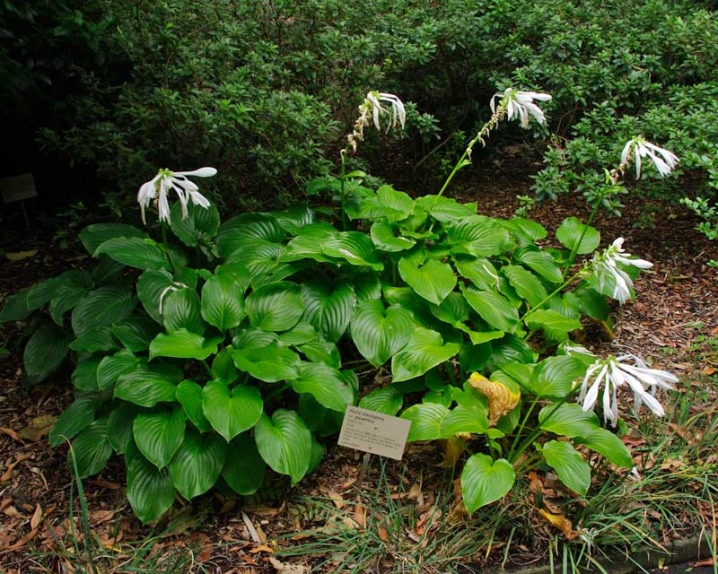
- Hybrid variety Royal Standard is frost-resistant and does not need shelter for the winter. The plant has white large flowers with the smell of jasmine, the bush reaches a height of 60-70 cm and a width of 120 cm.
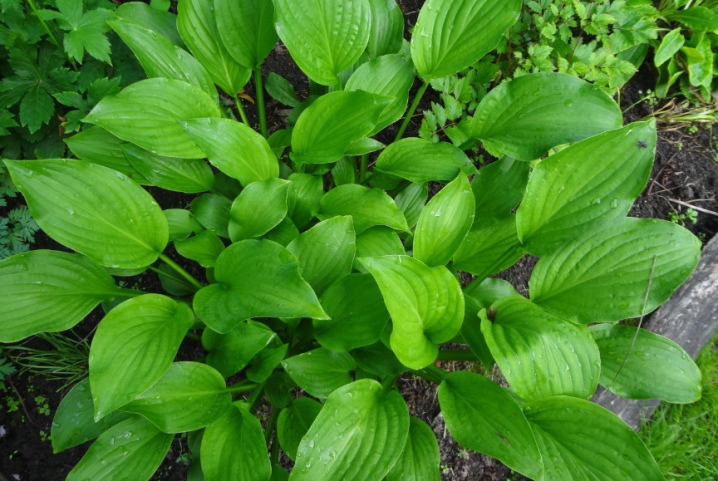
- Hosta "Aphrodite" - aesthetic, dwarf shrub with heart-shaped leaves and white double flowers up to 12 cm in length. Prefers a sunny landing. In the middle lane, it blooms quite rarely, and when the temperature drops, it can shed its foliage.
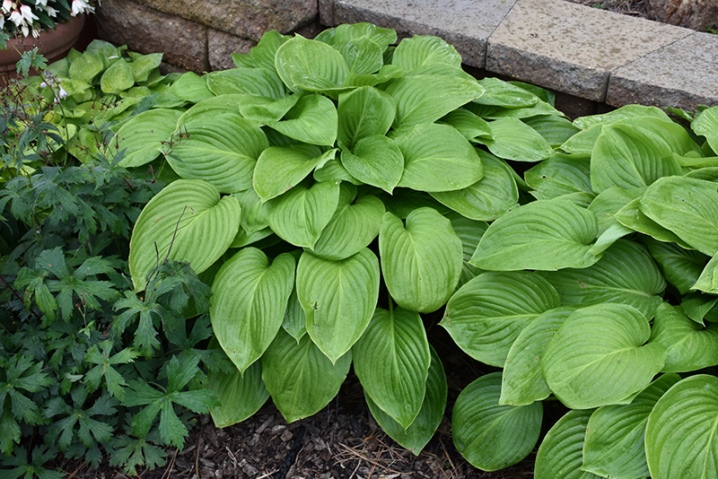
- Honey Bells variety differs in amazing lilac color of flower petals. The shrub has rounded leaves pointed at the ends. The green mass of the plant has the ability to grow rapidly, flowering occurs in September. This species prefers shaded places where it quickly takes root and grows.
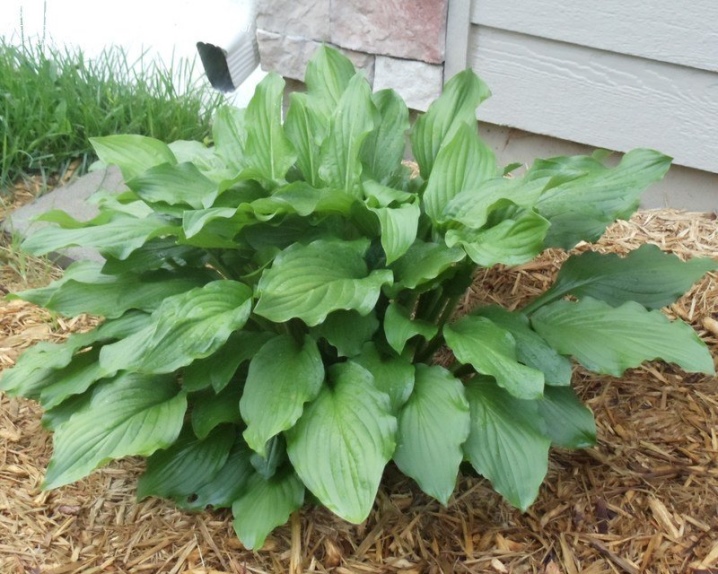
A distinctive feature of all varieties of plantain hosta is large flowers with a wonderful aroma.
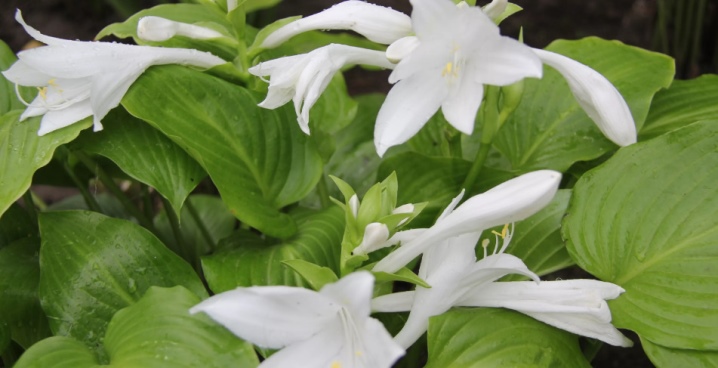
How to plant?
The plant loves loose, well-drained soils, in which there is no stagnation of water. The land must be fertile, rich in nutrients and slightly acidified. - the culture feels especially comfortable in it.
As seedlings, you can use cuttings collected in late spring and June, or cuttings obtained from young bushes in April or August.
Some gardeners sow the seeds of the plant at the beginning of summer directly into the ground, but this method provides for the long-term growth of the ornamental type of hosta - for 4 years.

Planting is done before the leaves appear in the spring or in the fall, at the end of flowering.
- The earth is prepared in advance, cleared of weeds, dug up and prepared wide holes for the roots growing in breadth.
- The drainage layer can be made from coarse sand, pebbles and expanded clay. Then you should put a nutritious substrate in the hole - garden soil, peat, some sand and manure.
- The plant is placed in line with the ground.
- If several bushes are planted, a distance of 40-50 cm is left between them.
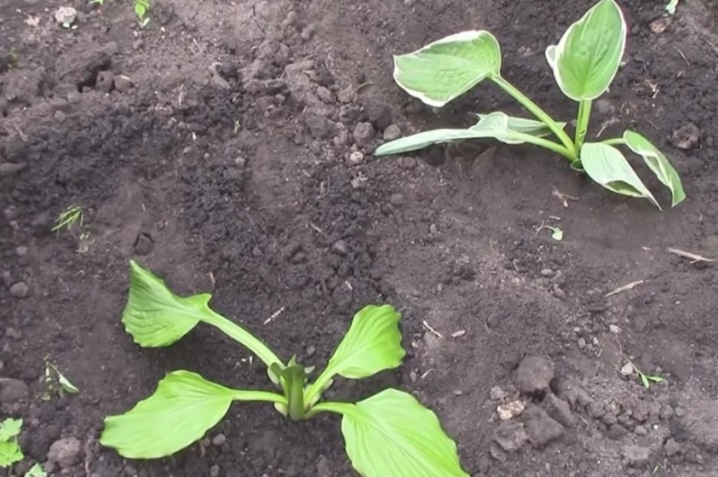
After planting, you need to tamp the ground at the roots, water it and mulch it with sawdust, peat and coniferous bark.

Plant care
Hosta is an unpretentious decorative look, but young bushes need care.
- Freshly planted seedlings should be watered twice a day. In this case, water should not get on the leaves.
- Regular addition of mulch will help to retain moisture.
- Top dressing is carried out once every 3 years. In the spring and until mid-summer, mineral additives are added to the soil in liquid form, and in the fall they are fertilized with humus before the upcoming wintering.
- Sick and dried leaves are regularly removed from the plant. When the shrub grows up, its crown is pressed to the ground, and it practically does not need care, except for careful watering.
- Among the main enemies of the plantain hostas are caterpillars and slugs. They can be harvested by hand, and in large quantities, insecticides can be applied.
- Fungal diseases can be prevented by carrying out an annual preventive treatment with fungicides.
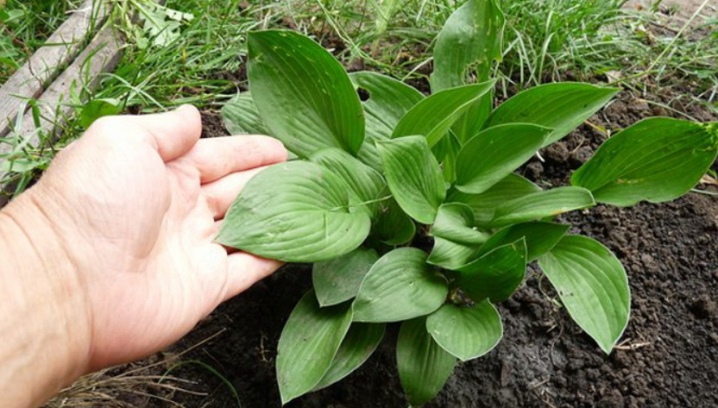
At the end of flowering, experienced gardeners are advised to cut off wilted and dry flower stalks so that the plant does not waste its strength and energy on them in anticipation of winter. In autumn, they carry out sanitary pruning, removing old stems, mulch the plant with grass, sawdust, a dry mixture of peat, and cover it with a covering cloth on top.


To grow a luxurious plantain hosta, you need to learn a few important rules. - it is necessary to plant it in partial shade, water it only in hot weather, remove weeds from the soil in a timely manner and sprinkle with mulch.
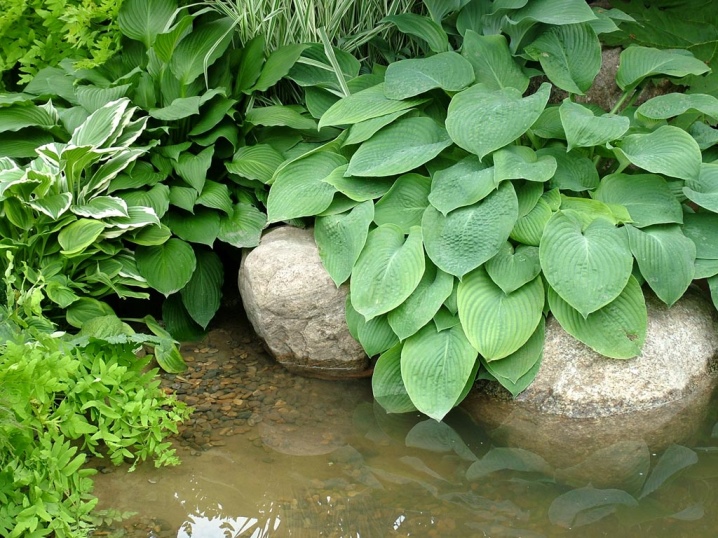
The culture, unpretentious and beautiful in its appearance, looks best in the composition of compositions decorating alpine slides, in the form of a border, on rectangular flower beds, including the use for their spectacular framing.
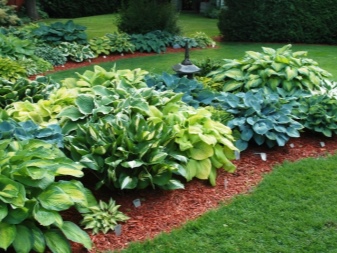
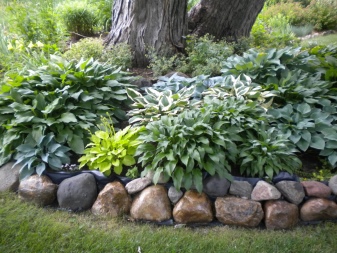
In the next video, you will learn the secrets of host breeding.







































































































The comment was sent successfully.